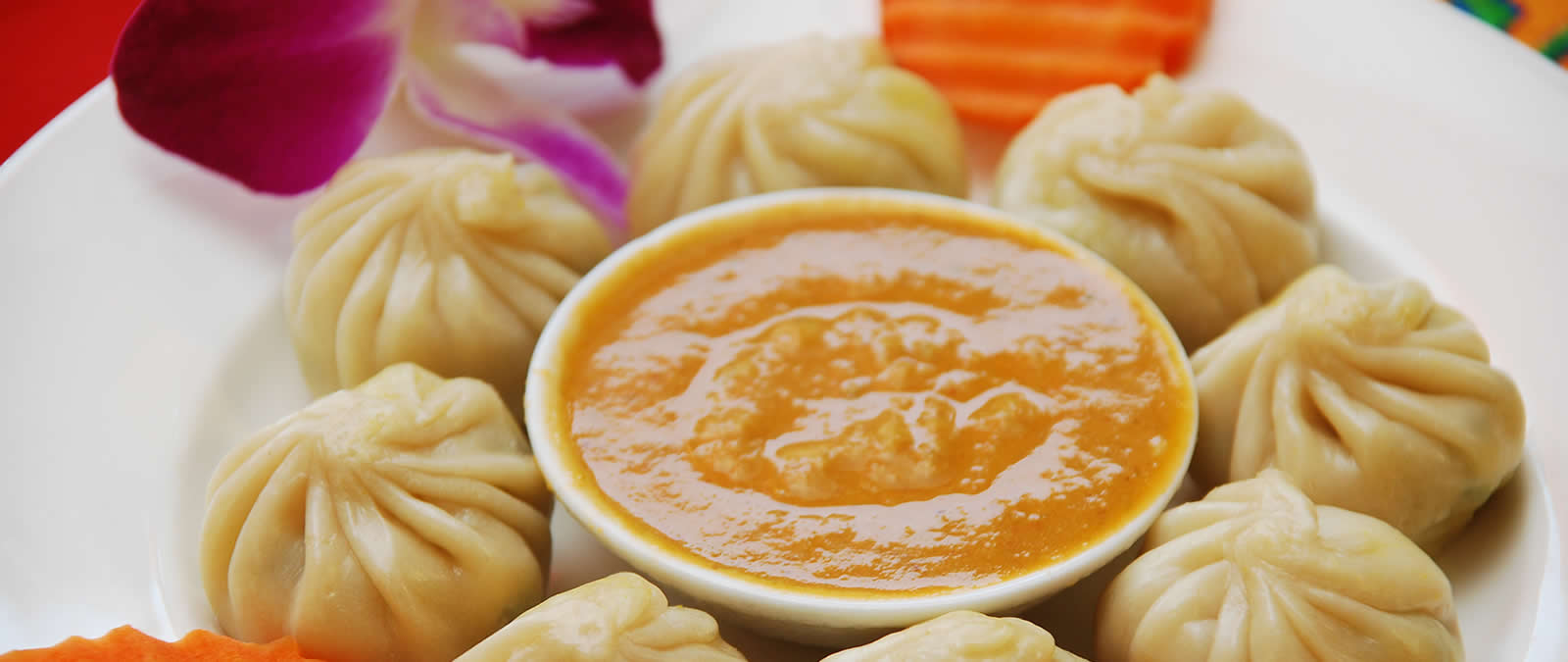
Dal, Bhaat, and Tarkari to Nepalese is as obvious as water to the fish. However, beyond that customary diet hides zillions of delicacies, brilliant enough to lure your tongue forever. Chatamari, Yomari, Gundruk taste as good as pizza to an American. Even for the preparation of a particular cuisine, the recipes vary from one home to the next, perhaps, because of varied traditional practices. Every festival invites a new taste in the home. For instance: Chhath (typically celebrated in Terai where the sun is worshipped as a god) brings Thekuwa, Janai Purnima summons feasts of Kwaati or sprout lentils, and Tihar (Hindus’ important festival) accompanies Mutumari in the house of Newars, while Sel Roti on others. Perhaps, this is one of the reasons why Nepalese find themselves confident to say, they live in diversity.
Let us dive into the details of some cuisines.
Nepalese are obsessed with Dal (lentil soup), Bhaat (steamed rice) and Tarkari (curry). Without these, they are incomplete (so to speak), no matter what they eat during the day.
These delicacies are cooked with varied spices from one home to the next to give it a unique taste. Often times, these foods are accompanied by the Achar (Pickle). Pickle of Gundruk is one of their favorites. Papad and Salad add another dimension to the taste of Dal, Bhaat and Tarkari. Usually, hotels blend all these varieties while serving the Dal, Bhaat, and Tarkari. Get ready to give it a try.
Chataamari is a special type of rice crepe, usually served with Chhyang or Raksi. This is prepared in the Newari Kitchen, especially during the festivals or special occasions. However, these days hotels offer this taste in more intricately designed texture at any time.
This cuisine is prepared by thinly spreading the batter over the pan, with delicious toppings. Foreigners often nick-name this delicacy as ‘Newari Pizza’. However, its taste is completely different from that of pizza.
Samay Baji is an authentic traditional dish centered to the Newari community and is generally prepared before the starting of religious activities and pujas. There is no particular season for which you have to wait to taste this Samay Baji. Isn’t that great?
Samay Baji is served on a single plate that includes Chiura, Choila (barbequed or marinated meat), omelet, black soybeans, spicy potato sandheko, finely cut ginger and garlic, spiced beans, green leafy vegetables, buff, and pieces of small river fish. This is usually served with ‘Aila’, a Newari drink.
Sel Roti is a unique dish, prepared during the major festivals of Hindu (Dashain and Tihar). However, you may find it in the backstreets of the Kathmandu valley. It is round with sweet flavor.
A thick semi-liquid batter is prepared by mixing the flour, sugar, banana, cardamom, butter, and ghee. Flavors can be added to better the taste. It is roasted in a sea of oil until red. Shapes could be changed with the help of ‘Jhir’ and then finally the Sel Roti is ready. It is usually served with the milk tea.
Momo is a special type of dumpling, in which the seasoned fillings are wrapped over in a dough. Usually, the momos are steamed, but it can be cooked in many ways.
Momos come with a variety of fillings: chicken, vegetables, buff or any other. It is believed to have been originated from Tibet, but those are just the topics of rumor. It is the most sought-after food among Nepalese.
Dhau is a delicious yoghurt, prepared by the bacterial fermentation of milk. It is served with the chopped fruits and has a ritual significance as purity. Juju Dhau is another variety of Dhau, which is intricately adorned with delicious flavor. Juju Dhau literally translates to ‘King Yoghurt’. It is prepared by fermentation in a clay pot, which renders it a unique flavor, found nowhere else in the world.
For its authentic taste, plunge into the Newari pool of cuisines at Bhaktapur.